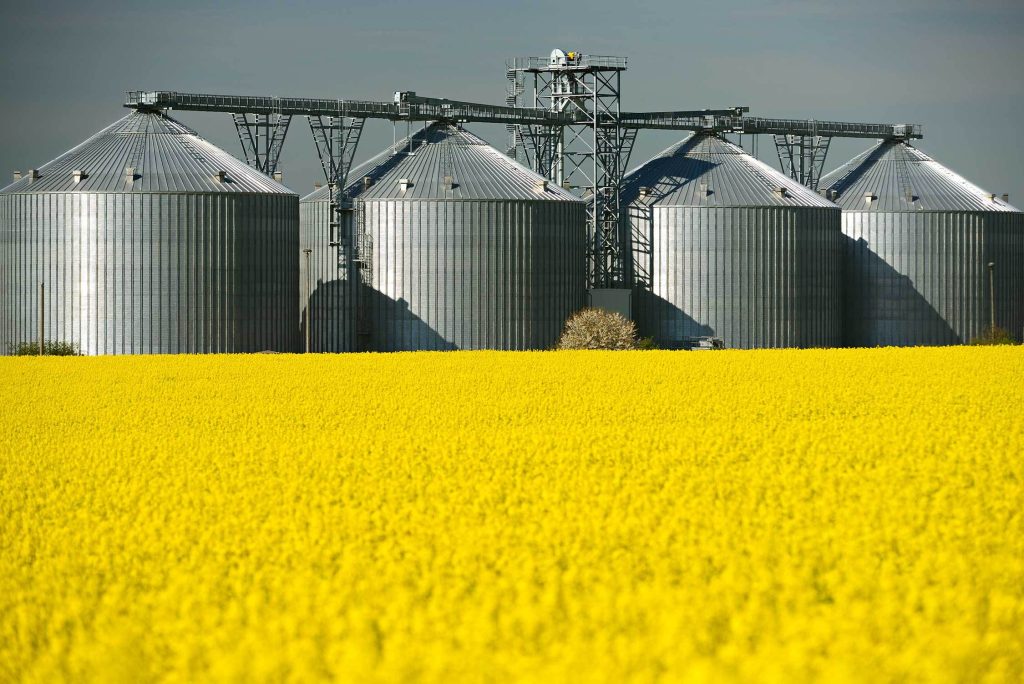Grain monitoring is not just important to be thinking about after harvest during the fall and winter, it is important to monitor grain in the bins all year round.
With today’s technological advancements, monitoring the temperature and moisture contents of your grain is easier than ever.
Grain monitoring systems can help growers stay on top of moisture management, storage temperatures, grain conditioning, and more. Here’s a quick look at some of the leading grain storage monitoring technology in the marketplace today.
TSGC, Inc.’s GrainTrac technology allows farmers remote bin monitoring and fan control. Readings are taken four times per day and farmers can receive real-time data and alerts via text or email.
OPI grain monitoring systems (OPI Blue and Integris Pro) allow you to monitor your grain temperature and moisture continuously. Farmers receive temperature rise alerts or rate of change alarms, which can indicate hotspot development and mold growth.
GrainViz grain imaging technology, recently acquired by AGCO, gives growers and commercial operators advanced insight into the moisture content and conditions of the grain in their steel storage bins in order to proactively manage the quality and quantity of their stored grain. GrainViz will be sold by GSI and is expected to be introduced in 2021.
Centaur is a technology-based company that has developed several platforms using patented Internet of Things solutions. The company has a wireless solution for farmers and elevators that delivers real-time quality monitoring, spoilage alerts, aeration management and more. Centaur sensors bring wireless monitoring of grain conditions and real-time quantity. Data is available on the cloud in real time. Temperature, moisture, and CO2 concentration is reported, along with spoilage and quality analytics.

Balancing Act
While Dr. Kenneth Hellevang, NDSU Extension Engineer and Professor, agrees sensors can be useful, he also maintains that technology does not replace management. In general, Hellevang recommends growers conduct a thorough evaluation of stored grain conditions every couple of weeks when outside temperatures are warm. In the winter months, stored grain should be checked every two to four weeks, he says.
This time of year, stored grain temperature increases not only due to an increase in outdoor temperatures but also due to solar heat gain on the bin. Solar energy produces more than twice as much heat gain on the south wall of a bin this time of year as it does later in the summer. Hellevang recommends periodically running aeration fans to keep the grain temperature near or below 30 degrees Fahrenheit until the grain is dried if it exceeds recommended storage moisture contents, and below 40 degrees Fahrenheit as long as possible during spring and early summer if it is dry.
Techniques for achieving successful drying and storage in one region may not work in others, notes Hellevang. “The weather changes, and what we can do in Iowa is different from what we can do in North Dakota or Kansas. Farmers need to make sure they’re applying the fundamentals to whatever climate they’re working in,” he says.
Ultimately, drying and storing sunflowers and canola is a balancing act. “We get paid on how many pounds we deliver, whether it’s oil or sunflower seeds. The goal is to have it dry enough to store, but not too dry so that we start losing value in what we’re delivering to market,” says Hellevang.
